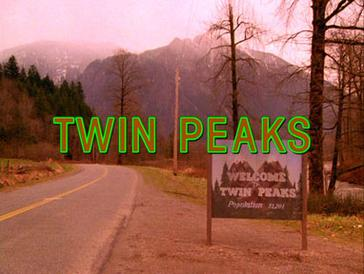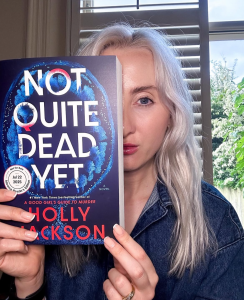The work of David Lynch: an analysis of “Twin Peaks”

April 25, 2022
Throughout the 80s and 90s, the genre of Soap Operas raged on televisions everywhere in America. Many Americans would gather together in their family rooms to tune into another life. However, artist and film director, David Lynch, would decide to flip this genre of television on it’s head.
Lynch’s directional style consists of surreal artistic shots and powerful stories that make you really think. An example of this work would be the popular but short lived tv show, “Twin Peaks”.
The early 90s Soap Opera focused on the mysterious murder of Laura Palmar, the beloved and innocent prom queen of Snohomish High School. The television show takes on the perspective of CIA Agent Dale Cooper as he begins to report his travels in the small town of Twin Peaks; due to its notoriously strange historic background. However, Cooper would only find himself right in the middle of these strange occurrences.
Although the synopsis may seem simplistic, the story begins to evolve more into a critique on television and how modern society is desensitized to traumatic films as a whole.
Throughout his career, Lynch has reviced the title as criptic when asked about his creative work.
According to an interview with Lynch by deadline.com, Lynch would stonewall any direct questions on his series with only mentions of small mundane facts.
“That’s the way life is, when you think about it. We are like the dreamer who dreams and then lives inside the dream,” said Lynch when asked about the importance of a characters dream in the series.
This response and many like it have left many longtime fans to interpret and understand the message “Twin Peaks” gives to its consumers. However, within snippets of conversation and collaborative efforts of the community, the overall message of “Twin Peaks” is not only about the dangers of violence on film but the way television handles such topics.










